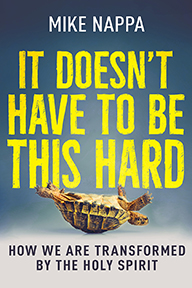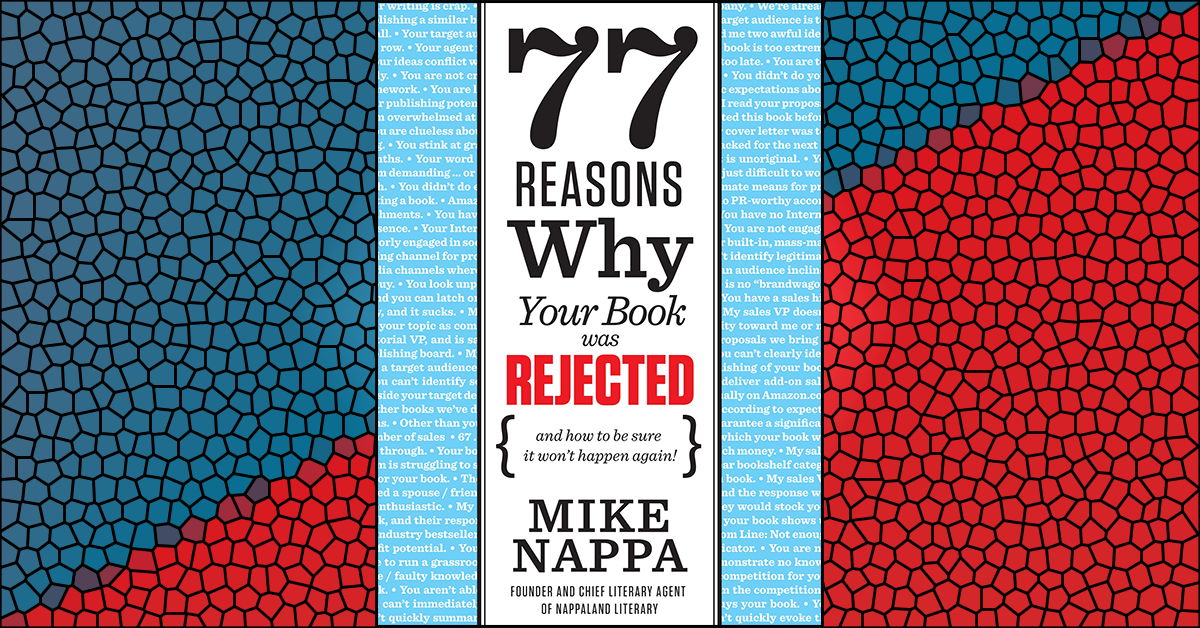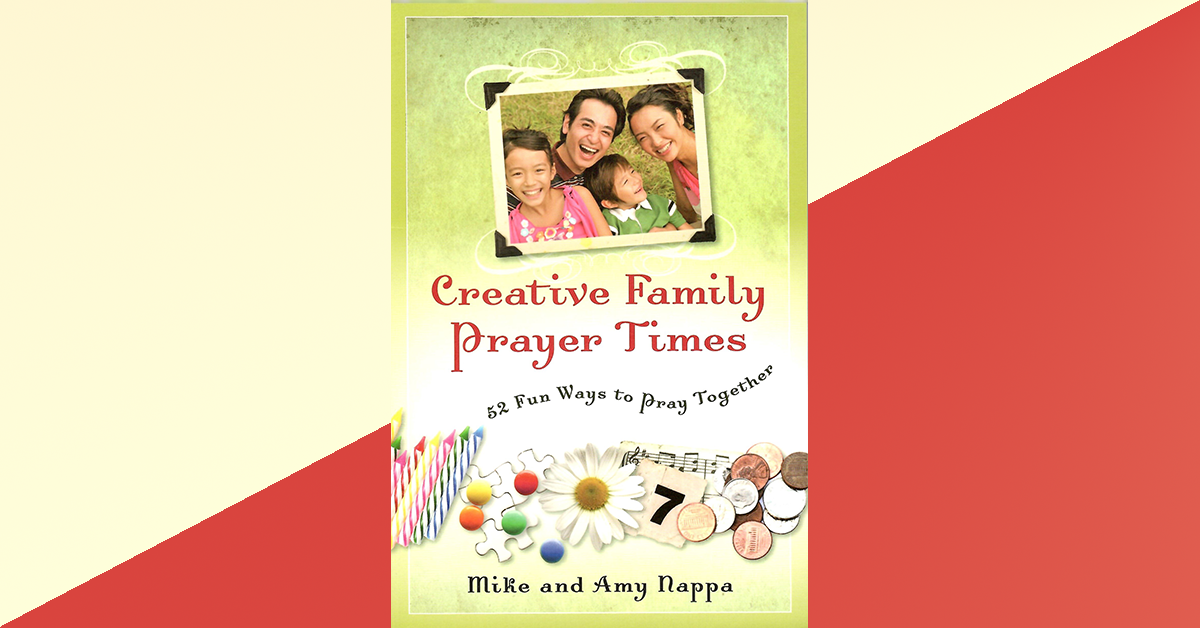A Sales Team reason for rejection
In my first acquisitions editor job, I quickly learned the importance of internal comparisons when presenting at a publishing board meeting. Regardless of what type of book I was advocating, somebody on my sales team would always ask, “What have we done in the past that’s like this book? And how did it sell?”
If I was able to make a favorable comparison (“This is like our XYZ book, which sold about 28,000 copies last year”) then I was in good shape. Ah, but if somebody was able to make an unfavorable comparison (“This sounds a lot like our QRS book, and we just got 2200 copies of that book returned from bookstores last month!”) I knew I was in trouble.
Believe it or not, this has to do with biology as much as it has to do with psychology. According to neuroscientist, Jonah Lehrer, the amygdala is “a brain region that, when excited, evokes negative feelings. Whenever a person thinks about losing something, the amygdala is automatically activated. That’s why people hate losses so much.”
If your book evokes comparisons to, and memories of, the losses my company incurred on previous books, that excites the amygdala in the mind of my Sales VP. After all, he’s had to count up those losses—and explain to his boss why we’re having to write off that author advance and all those marketing expenses because his sales team didn’t sell enough copies of that book.
And so, this is another case where you are (possibly unfairly) judged by the fact that someone you don’t know, who came before you at my publishing house, caused our company to lose money on a previous book.
Yeah, some people screw things up for everybody, don’t they?
What You Can Do About It
1. Pay attention to what my company sells well.
If you’re already done your homework in the areas of market competition and differentiation (see Reasons 45, 46, & 47), then this should be easy for you. You should already know what my company sells that’s related to what you’re trying to get us to buy. So use that knowledge to point our attention toward the books we’ve been successful with, and to let us know we should expect a similar kind of success with your book.
For instance, you could say, “After seeing the success you and your sales team were able to create with ABC book, I am enthusiastic about working with you to repeat that kind of outcome with my new book as well.”
2. Make positive comparisons with popular books outside my company.
First, let me be clear on this point: DON’T compare your book’s content to the content of a previously successful book. That’s simply copycatting someone else’s ideas. If you say, “Freakonomics was about unique economic theories, and so is mine!” that just tells me you don’t have original ideas. (Yawn.)
When making positive comparisons, what you want to do is show why the audience that bought a previous book will also want to buy yours. “Freakonomics created a thirst for more accessible, interesting information about economics. My book delivers five unexpected principles that will satisfy that thirst in readers of all ages.” You see the difference?
3. Be an artist.
It’s been said that an author is simply an artist who paints with words. If that’s true, a lot of writers are still using crayons.
One way to overcome a negative comparison to a previously unsuccessful book is to make your writing such a work of art that people have a hard time saying yours is like anything else that came before it. This goes back to issues of quality and excellence (see Reason #1), but if you can create a work of art in words, that’ll go a long way toward erasing the memory of past losses in the mind of my Sales VP. As Seth Godin says, “Consumers say that all they want are cheap commodities. Given the choice, though, most of us, most of the time, seek out art.”
Looking for more? Check out these links:











